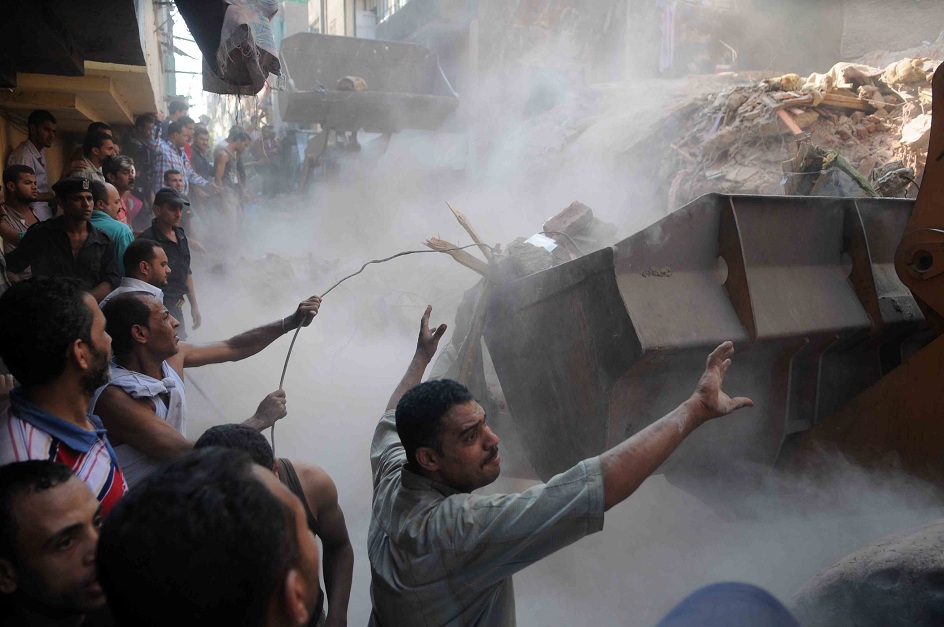This is the first anniversary of Khawaga’s Tale. I have only missed one week and that was over the New Year holiday, which I am sure any regular reader would understand. So what better way to celebrate than with an audience with the last King of Egypt?
King Farouk is entombed in the Rifa’i Mosque along with Muhammad Pahlavi, the last Shah of Iran.
I wonder what they would make of the Middle East today. Would they be turning in their graves?
Ma’lesh; such is the wheel of history; it rolls over you before you know it and then it is too late to fix your wicked ways.
King Farouk I and the Shah enjoyed their privilege, but took it for granted, born with a silver spoon and forgetting to feed the people with it.
Farouk may have stolen that silver spoon, as he was known as the thief of Cairo. Possibly suffering from kleptomania he was a highly skilled pickpocket who lifted a pocket watch from Winston Churchill and a sword from the Shah of Iran. Amongst his belongings after his death, one of the world’s most valuable coins, a rare 1933 gold American double eagle.
He not only had an appetite for collecting trinkets but also at the dinner table. Good on the tooth, Farouk weighed 136 kgs (300 lbs) when he died in Rome in 1965.
According to journalist Noel Barber, author of “A Woman of Cairo, Farouk showed off an impressive collection of pornographic memorabilia to him during an interview at the Koubbah Palace.
The Shah died in Cairo in 1980 with an estimated fortune of $3.2 billion, according to journalist and author Robert Graham, which was mostly collected over his long reign by “taxing international corporations wanting to do business in Persia. In return, the Shah granted foreigners immunity from the law.
Of course the Iranian revolution brought that sweet arrangement to an end, but you can’t really blame the religious leaders of the day for wanting a new way for those praying at their mosques, the same down-trodden proletariat who had to also battle Savak every day, the Shah’s secret police.
Tehran, like Baghdad in the 1960s and 1970s, must have been great; add Beirut and what a society triangle for the great and the good. In my mind, reminiscent of early 20th century Europe, before the crowned heads began to roll and the coming of universal suffrage.
Of course I set off without a map to find Farouk and the Shah, but what I find makes a voyage of discovery. Better to look at the map when you get home, then you can understand where you have been.
My taxi did two loops of Midan Tahrir following my directions. I also wanted a second look at the approximately one thousand police that surrounded the Egyptian Museum 6:30 pm last Wednesday.
I interviewed one of the Museum’s curators for this column some time ago and he told me that at the end of each day, police dogs are released to run through the museum in case any would-be thief had stowed away in a sarcophagus.
But a thousand police on duty? Maybe I was off to see the wrong king!
The friends who accompanied me are history buffs and we eventually arrived at Rifa’i Mosque in Salah Eddin Square, near the east gate of the Citadel, after first going to the wrong mosque and stopping off for shisha, tea and karkaday.
I don’t know what I was expecting, but it wasn’t a LE 20 entrance fee and a tourism site.
How do you baksheesh politely during Ramadan at one of the city’s holiest sites after closing time – where, apart from kings, a Muslim Saint and a companion of the Prophet are also buried?
First, come prepared with a clip of small notes. Secondly, profusely thank your guide, pull him close for a cheesy photo and then draw your palm across his, pressing folded notes into his hand. If it is inadequate, don’t worry, they will always shout after you. But never look back, hold your nerve, and never quicken your stride.
In fact, tipping in Cairo is VFM (value for money). It is a waste of money in Europe and the States, you getting nothing for it.
This autumn here is my tip, go and trek the often muddy, dishevelled streets of the old city, they bubble with commerce and a thousand tales.
I have seen guided tours listed under events in this newspaper and there is the famous guide, Historic Walks of Cairo, which will get you climbing minarets, striding the Fatamid Walls or conjuring the image of traitors swinging from Bab Zuweila. For all its idiosyncrasies, Cairo is where you can walk hand in hand with history.

